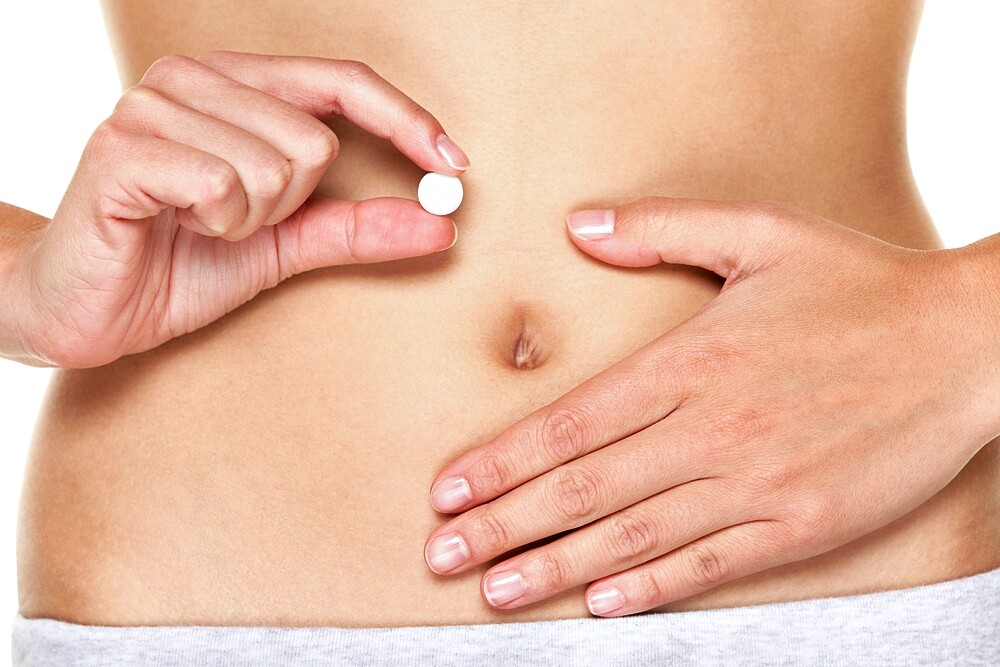You want to get pregnant as soon as possible and have already stopped taking the pill? Or do you want to inform yourself for your future family planning? You can find out everything important about getting pregnant after taking the pill here.
How the birth control pill affects fertility
It is the most popular birth control method in Germany: more than half of all women between the ages of 20 and 44 take the contraceptive pill daily. Correctly taken, the hormone preparation has a Pearl Index of 0.1. It is 99.9 percent effective and is therefore the safest contraception for many to prevent unwanted pregnancy.
Nevertheless, the pill intervenes in your hormone balance and thus in your cycle, and ensures that ovulation does not take place. Of course, this also means that no single egg can be fertilised.
If you stop taking the pill to get pregnant, your hormone levels must first be regulated again. While some women have hardly any problems with getting pregnant after taking the pill and notice only minor changes, others suffer from cycle disorders of various degrees – and that is quite normal: after all, you may have been taking the pill for years before. So your body is now being put on hormone withdrawal for the time being.
Getting pregnant after the birth control pill: How long does it take?
As soon as you stop taking the pill, the contraceptive protection also expires. This means: theoretically you can get pregnant immediately. If you want to wait a little longer, you should definitely use other forms of contraception.
According to a study by the NRP research project, around 50% of women were not able to detect any irregularities in their cycle after stopping the pill. But half of all women notice the difference. Possible consequences can be:
- Your cycles are too short. No ovulation takes place or the egg cannot implant itself in the 2nd half of the cycle, the luteal phase
- Your cycles are very long or irregular
- Your period may even stop altogether
Once you have stopped taking the pill, you should expect it to take at least a month for your natural hormone balance to return to normal, or longer for some women. It takes about six weeks for the hormones to be completely broken down. Unfortunately, no one can predict how your body will react to the hormone changes. For some women, taking the pill for many years has no lasting effect on fertility and they become pregnant quickly, while for others it takes much longer to become pregnant after taking the pill.
Tip: With the symptothermal method NFP, with a little practice you can quickly determine how your body reacts when you stop taking the pill, whether ovulation occurs and when. Symptoms such as your basal body temperature and cervical mucus are observed. These observations increase your chances of getting pregnant faster after taking the pill. Other aids: ovulation tests, cycle apps and cycle computers.
Would you rather stop taking the pill early?
To make sure that your body has enough time to regenerate after taking the pill, it is advisable to stop taking the pill six months before you start family planning. No one can predict how you will feel after you stop taking the hormones and what this will do to your cycle. If you stop taking the pill in time, you will give your body enough time to settle down again. If possible, use another form of contraception during this time.
Getting pregnant after the pill: If you do not want to wait
Once the decision for a baby has been made, many couples do not want to wait any longer with family planning. But before you throw your open pack of pills into the trash, it is advisable to finish the current month with the pill. Otherwise, taking it off in a hurry can confuse your body even more and cause annoying bleeding in between. After the interruption bleeding you can then start.
Tip: To be on the safe side, you should fill up your folic acid stores during the hibbling period if you want to have children. If you take folic acid about three months before pregnancy, you reduce the risk of serious damage to your baby in the form of neural tube defects and an open back.

